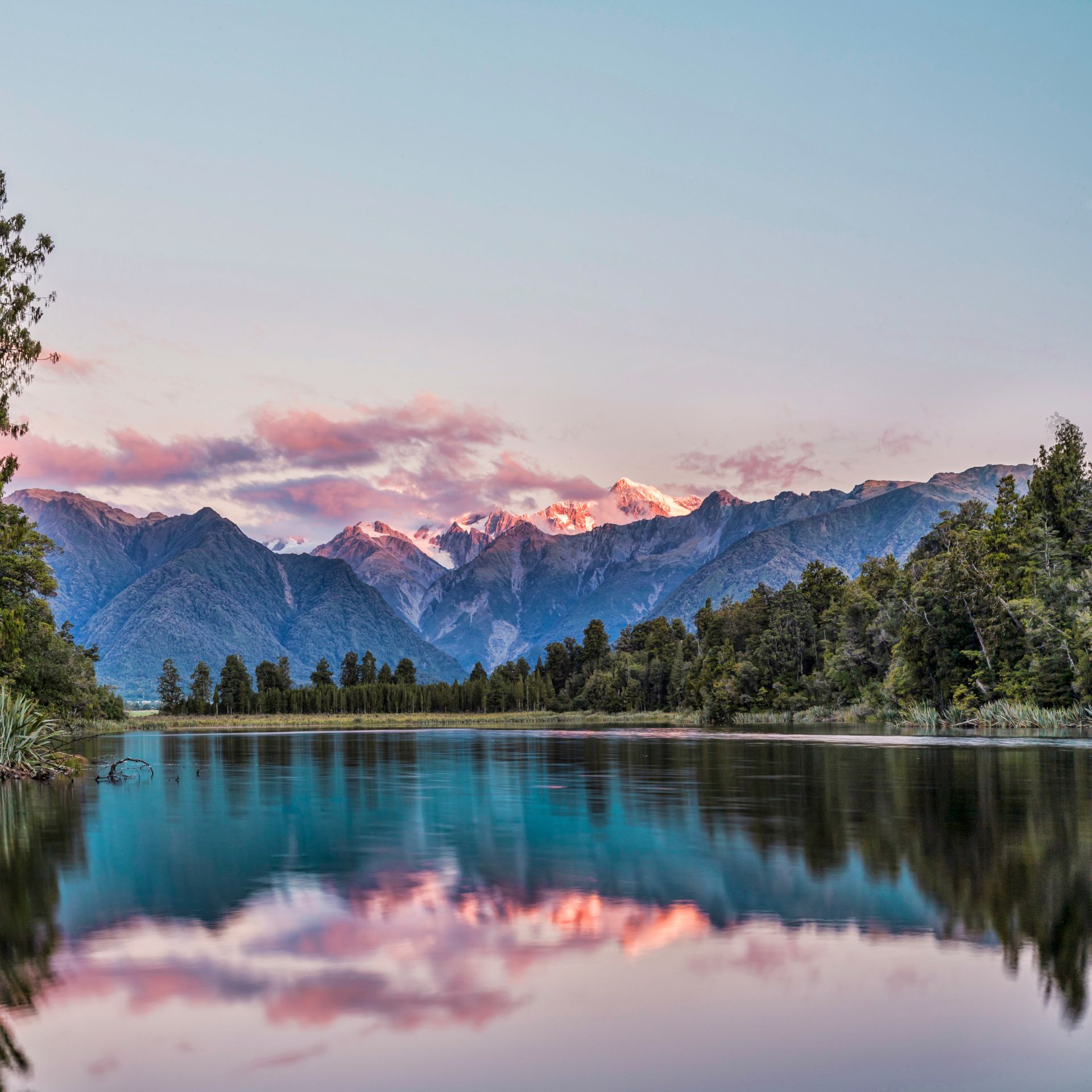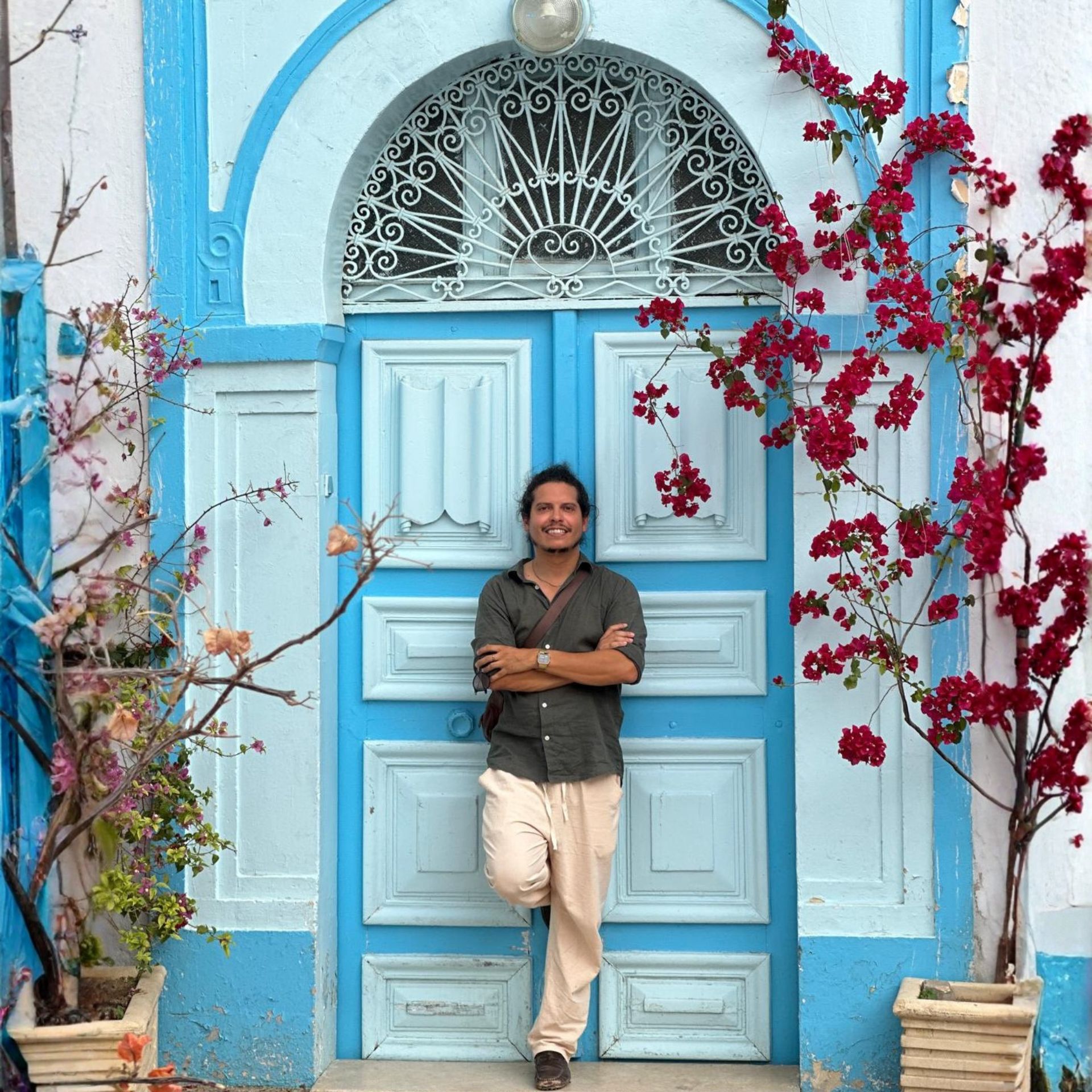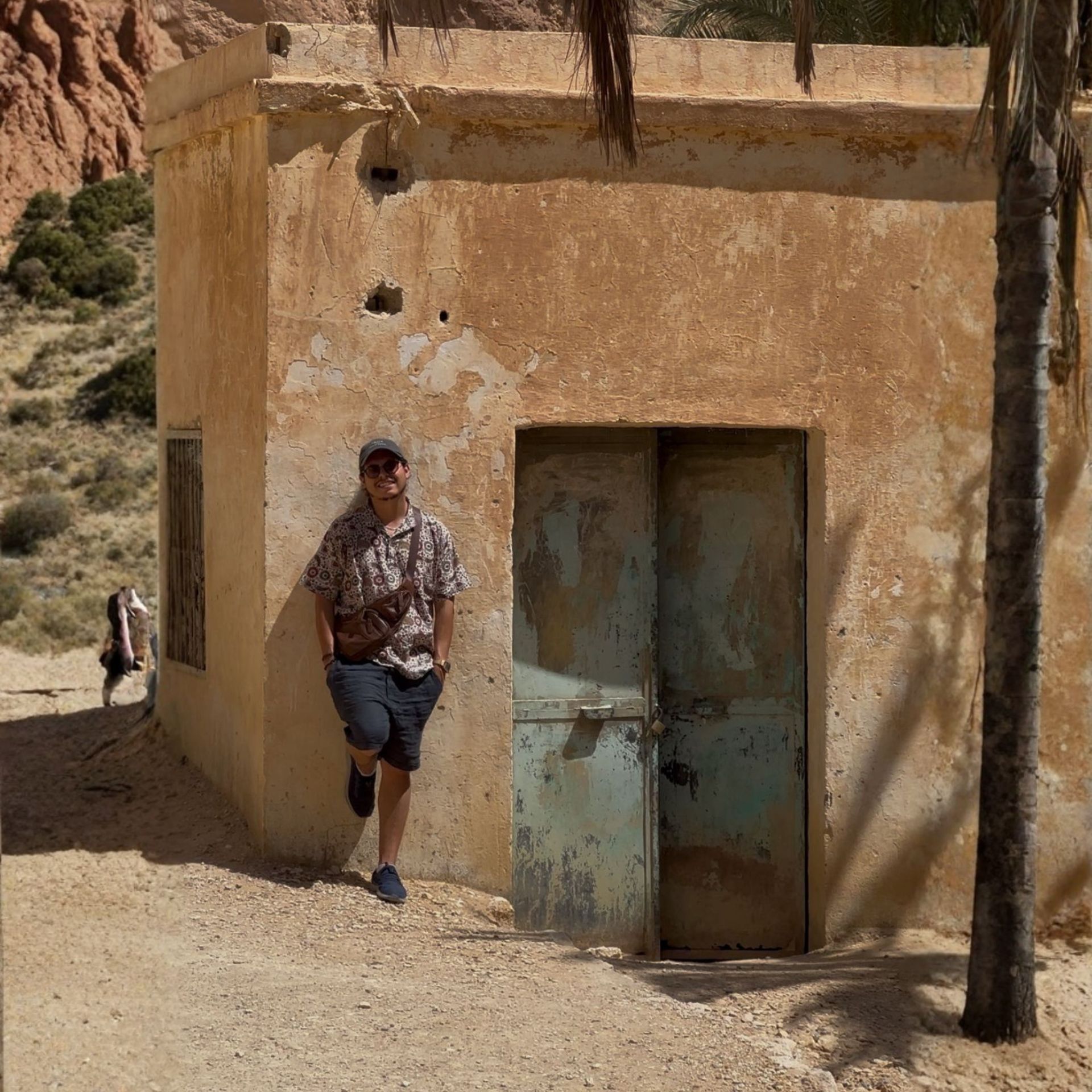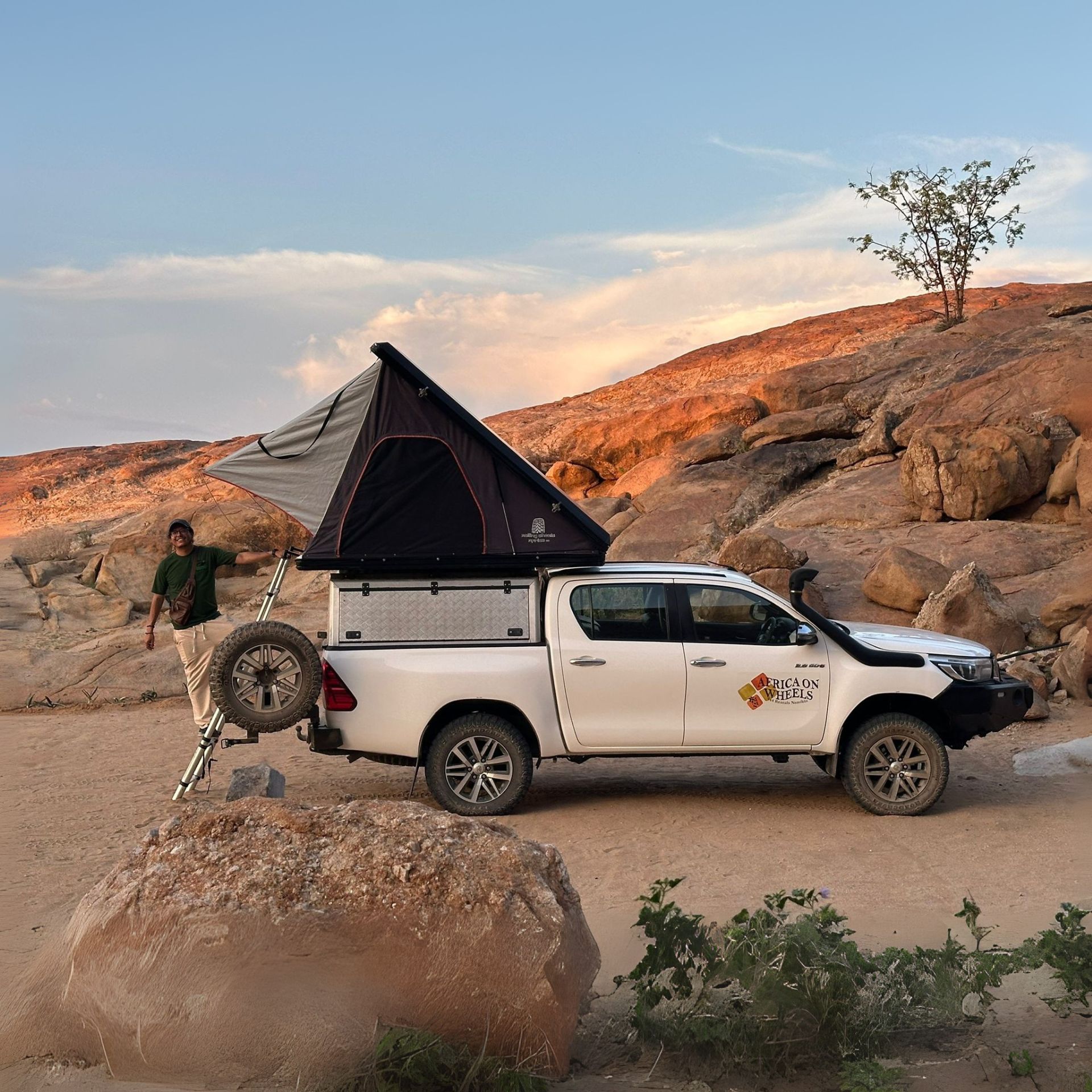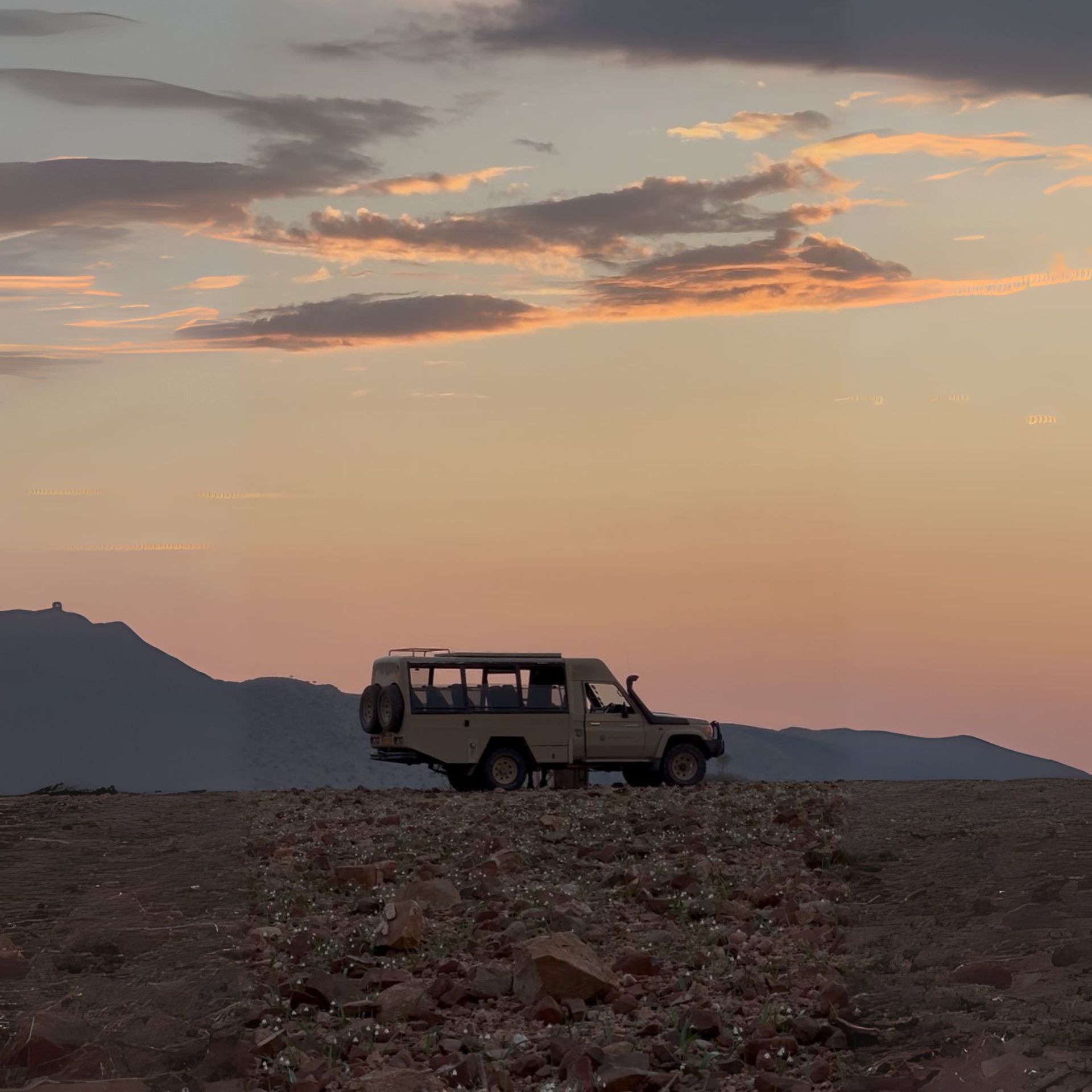Untouched, volatile, yet incredibly rewarding, traveling to Mali promises a raw and adventurous experience.
I traveled to Mali in the summer of 2022 as part of a road trip from Burkina Faso to Mali. It was my first experience traveling to a truly volatile country, and I was extremely cautious about understanding the risks and minimizing them. Given the lack of available information online, navigating Mali required relying on guides and social media forums to access the most up-to-date information.
Indeed, traveling to Mali can be unpredictable, and circumstances can change rapidly. However, with proper planning, the associated risks can be significantly reduced, allowing you to enjoy the best that this country has to offer.
In this guide, I want to provide you with a detailed account of how I planned my trip to Mali and give you tips and advice on how you can plan your own adventure to this destination.
Read more: How to prepare yourself for traveling to a dangerous country

Before the trip
Visas, Mali’s political situation, and securing a reliable guide were the primary concerns during trip planning. Mali is currently among the top five most dangerous countries, yet there’s remarkably little information available about the situation on the ground. Both the UK Foreign Office and the US State Department advise against all travel within the country, and there are only a few embassies available in case of emergencies. As a traveler, you must be prepared to accept these risks and understand the potential consequences of being in a country like Mali during a period of insurgency.
Nevertheless, Facebook groups like “Africa Backpackers” and “West Africa Travellers” served as valuable sources of information for gauging the country’s volatility at any given time. Additionally, the news channel Al Jazeera was a reliable source that helped me better comprehend the risks I was undertaking and kept me updated on significant developments.
NOTE: It’s important to understand that Mali doesn’t have to be inherently dangerous, but the level of risk you’re willing to accept ultimately depends on your personal choices. Some travelers may seek social media likes and followers by sharing videos of their journeys to places like Timbuktu and northern Mali, but it’s a risk that may not be worth taking.
Read more: A road trip in West Africa – An adventure of a lifetime

Visas and getting in
In contrast to other West African nations where obtaining a visa can be quite a hassle, the process for securing a Malian visa is refreshingly straightforward. Mali has approximately 40 diplomatic missions worldwide, and each one of them accepts visa applications. I obtained my Mali visa from the Mali Embassy in Berlin. The required documents included a standard visa application, an invitation letter (or proof of hotel accommodation), a passport photo, and a fee of 80 EUR. The entire process took just 7 days.
Additional Info:
While my visa application took a week, Joan Torres from Against the Compass managed to acquire his visa in just 10 minutes in Nouakchott. He wrote an excellent guide about traveling in Mali last year, which you can find at this link.
For those applying from Europe, Mali has embassies in the following cities:
- Brussels
- Berlin
- Paris
- Rome
- Moscow
- Madrid

Getting in
When it comes to entering the country, Mali offers several connections from key African and European cities. In 2023, there are daily flights from Paris (CDG), which is the preferred option for travelers arriving from America. Turkish Airlines and Ethiopian Airlines provide the most affordable and flexible connections to Bamako for those coming from Europe.
If you’re looking for a full list of all flight connections arriving in Bamako, you can use FlightRadar. This platform provides real-time information on departing flights and destinations.
For additional essential information about taxis, getting around in Bamako, and currency exchange, the WikiTravel page for Mali offers the most up-to-date guidance.

For travelers interested in overland journeys to Mali, the borders to Senegal, Guinea, Cote d’Ivoire, and Burkina Faso are open. I crossed overland from Burkina Faso, and the process was considered “easy” – for African border standards. Still, crossing overland can feel quite unusual. The border between Burkina Faso and Mali consists of a small house with five soldiers and minimal traffic. Additionally, the Malian border officer initially refused to accept my visa and requested an additional tourism permit, which does not exist. Ultimately, we realized we could either wait for 3-4 hours until he allowed us to proceed or pay a 20 USD bribe to move forward. Unfortunately, such situations are common in Africa.
If you plan to travel by car from Burkina Faso, the requirements are quite standard, including insurance for the ECOWAS region and a Carnet de Passage. However, for more precise information, you can consult various Facebook groups focused on overlanding in Africa or visit WikiOverland for additional details.

Getting around
Given the ever-changing situation in Mali, we embarked on our journey with the understanding that plans could shift rapidly. Thus, our top priority was to secure a reliable guide whom we could trust at any given time.
For this trip, I traveled with Marlon Read, a Dutch man who has lived in Burkina Faso for over 25 years. Marlon primarily works as a driver for photographers and journalists in the region. He has an extensive list of contacts at borders, police checkpoints, and embassies throughout the area. Since that journey in Mali, Marlon has become my go-to driver for any West African expedition. You can reach out to him through his website, Thiosane Travel.
With Marlon as our guide, the responsibility of determining safe and accessible regions fell to him. Unlike other guides who may prioritize quick cash, Marlon possessed good knowledge of the region and understood precisely how far he should take tourists.

Insider Tip:
It’s important to note that traveling in Mali can be expensive. Private guides typically charge an average of 300 USD per day solely for transportation. However, we chose this option due to its flexibility and the uniqueness of our itinerary. We booked Marlon for a 15-day period.
Lupine Travel and Against the Compass offer one-week tours to Mali starting at 1800 EUR for those seeking a more budget-friendly alternative. – It is slightly cheaper than traveling independently, but you will travel in a larger group and with less flexibility.
Traveling to Mali with a drone?
I faced no issues whatsoever. The only situation worth noting occurred in the town of Djenne, where I had hoped to fly my drone over the famous Djenne mosque. However, due to ongoing terrorism threats in the city, the local police station advised against it. They were concerned that the sight of a drone, something unfamiliar to the local population, might cause unnecessary panic.
Read more: Everything You Need To Know Before Traveling To South Sudan
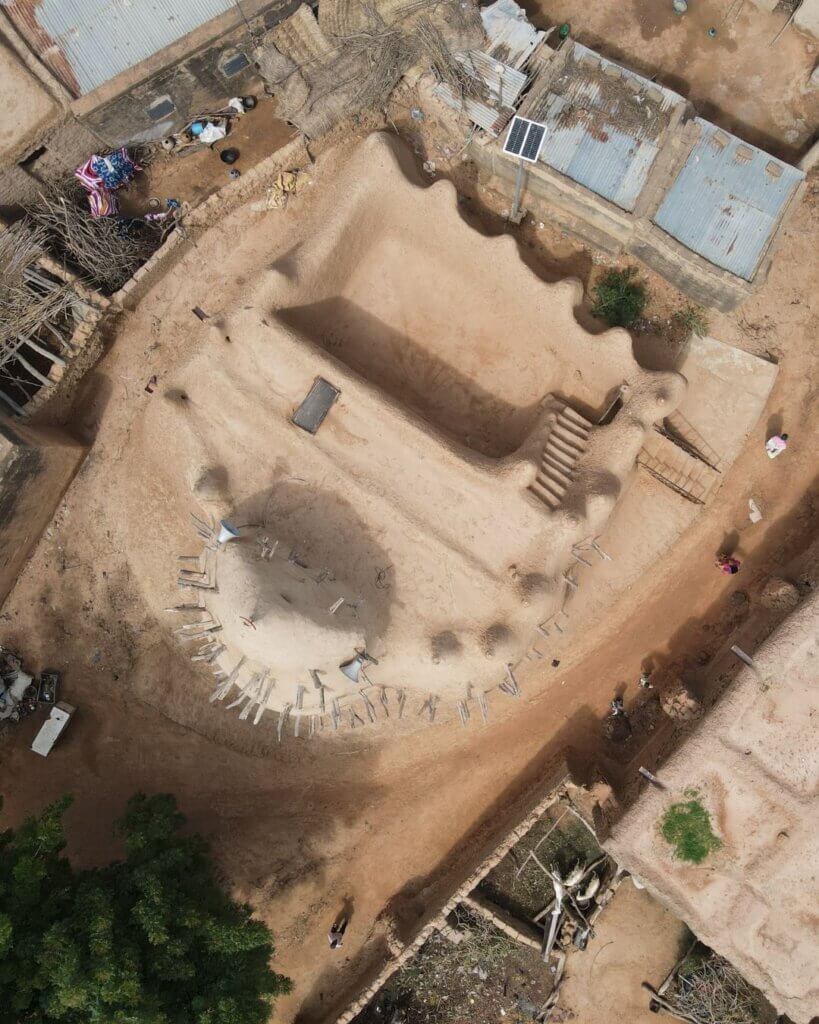
My 7-day itinerary in Mali
Given the volatile situation in northern Mali, our journey was focused on exploring the southern part of the country. It’s crucial to keep in mind that any itinerary offered by tour companies at the moment won’t venture into this northern region. If you encounter tours that include destinations like Timbuktu or any locations north of Mopti, be aware that you’re significantly increasing the risk of kidnapping during your trip.
Our journey began by crossing overland from Bobo-Dioulasso in Burkina Faso into Mali. We traveled from Bobo directly to Djenne, where we got a special permission to stay for two nights and experience the bustling and captivating Djenne Thursday Market (a personal highlight of the entire trip). This decision was made at the very last moment, and we were forewarned that we might have to leave the city without notice if unforeseen dangers arrived.
Read more: Which are the coolest travel experiences in Mali
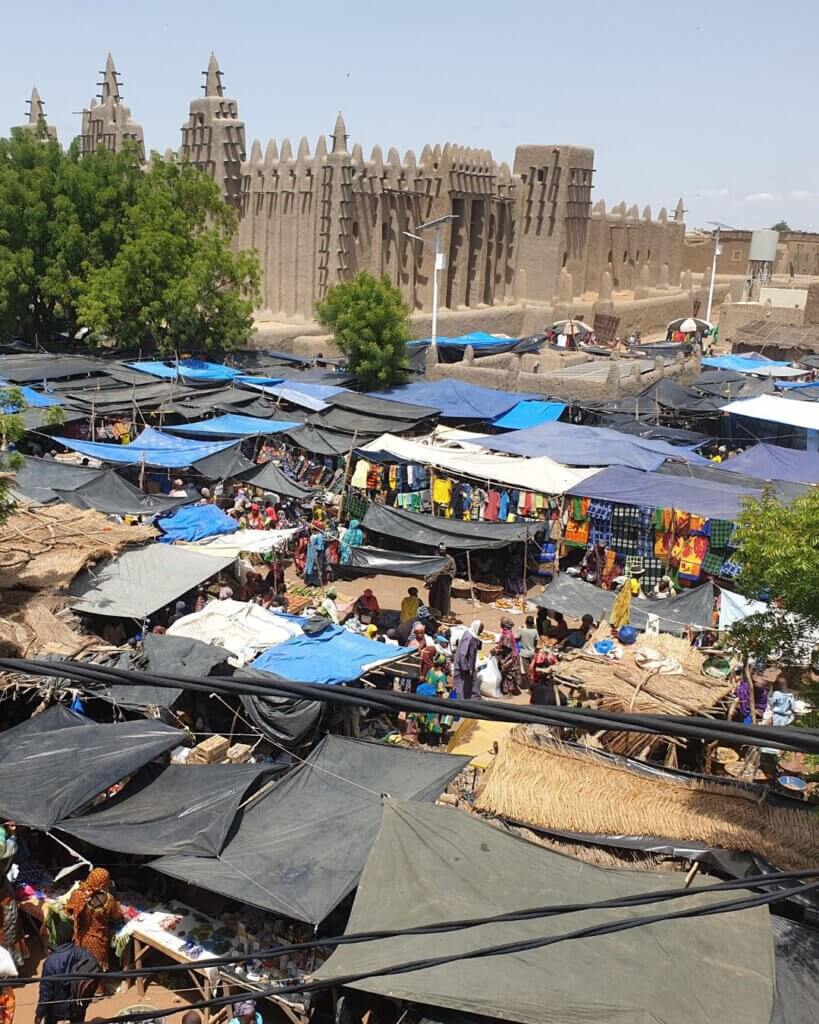
NOTE: We were informed that my friend and I were the first tourists to stay in Djenne for more than one night since 2017. Unfortunately, I was later informed by Marlon that Djenne is currently closed to travelers, and even Lupine Travel tours cannot confirm visits to Djenne.
From Djenne, our journey took us to the cities of Segou and San, with each city being our base for one night. Along the way, we made stops at various villages, allowing us to independently explore their remarkable mud architecture and get deeper into the Fulani culture.
After Segou, we arrived in Bamako, Mali’s capital, where we transitioned back to urban life.
Read more: Best things to do in Ouagadougou, Burkina Faso
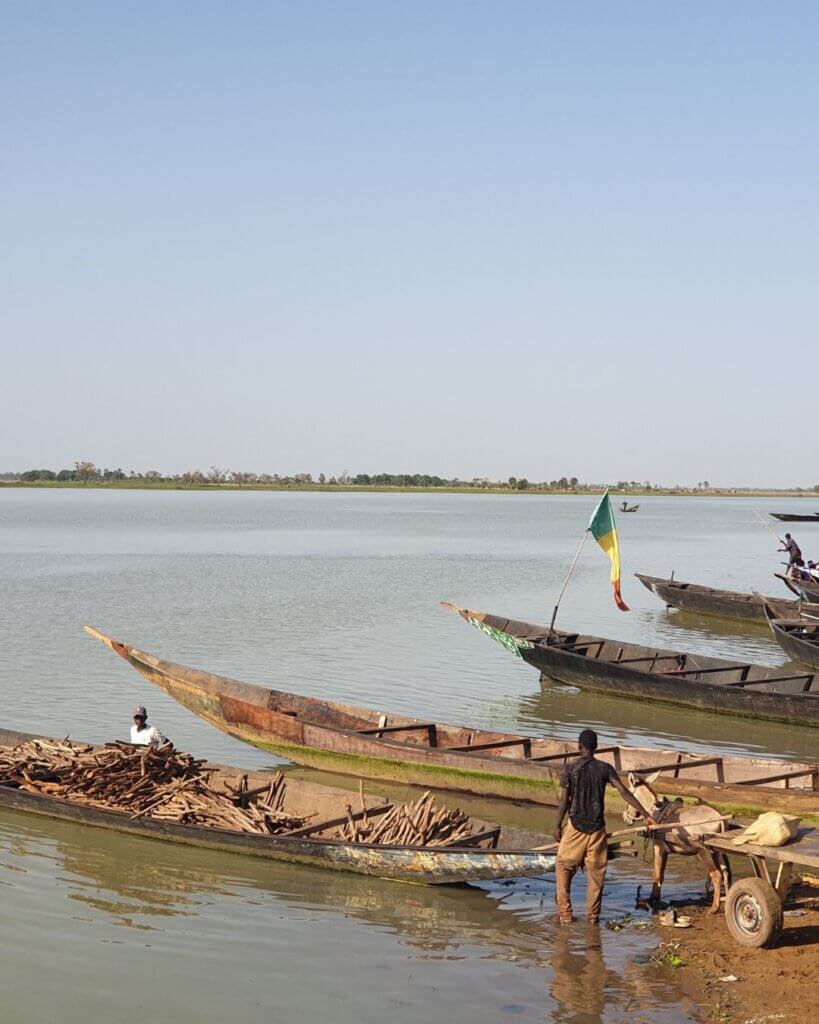
What to See in Bamako:
- Bamako Grand Market
- National Museum of Mali
- Bamako Artisan Market
- Bamako Grand Mosque
- The Niger River Promenade
- The Bamako Regional Museum
- Craft Village of Kirina
- Pub Quiz at the Sleeping Camel (every 2 weeks on Saturday)
While in Bamako, we went on a few day trips. One took us to Siby, a town renowned for its incredible rock formations and excellent climbing opportunities. We also visited the Siby waterfall, considered one of the most beautiful waterfalls in Mali.
In the coming weeks, I’ll be providing a more detailed guide to each of these locations.
NOTE: For those with money to spare, Lupine Travel offers a day trip to Timbuktu from Bamako (without an overnight stay). The trip costs approximately 2500 EUR and typically includes you and a small group of rich travelers taking a charter flight to Timbuktu in the morning and returning in the afternoon.
Read more: What are the most bizarre experiences in Burkina Faso

Connectivity Around the Country
The infrastructure in Mali can be challenging. While the main highways are generally in good condition, venturing off these roads often leads to dirt paths in disrepair. Additionally, many villages lack electricity, and in places like Djenne, power cuts from 6PM to 6AM can be particularly inconvenient, especially in the sweltering heat.
To stay connected and powered up, it’s crucial to charge your electronic devices whenever possible. Carrying a reliable power bank is advisable, especially if you anticipate prolonged power outages.
While WIFI connectivity is nearly non-existent in many areas, Mali surprisingly boasts a robust 4G signal. You can easily obtain a SIM card from Orange for less than 5 USD, providing you with sufficient data to use your laptop and access the internet.
Read more: How to plan a trip to Niger

Mali in a Nutshell
- Be prepared to allocate a significant portion of your budget to logistics. Reputable guides often charge higher fees due to their understanding of the country’s situation and their ability to navigate potential challenges.
- On the bright side, accommodation and food costs are generally very affordable throughout Mali, allowing travelers to budget around 20-30 USD per day.
- While a VPN may not be essential, it’s a good idea to have one on hand. Most social media platforms work seamlessly in Mali. However, in the event of a government-mandated media shutdown, having a free VPN app installed on your phone can be a valuable precaution.
- Mali is highly endemic for one of the most dangerous types of Malaria. Some travelers opt not to use anti-malaria pills but prefer to carry them as a precautionary measure. Additionally, using mosquito repellent during your trips can help minimize the risk of infection.
- EcoBank is your most reliable source for taking money. Most banks won’t work with European/American credit cards and you can spend a day trying to get cash. My best and final tip in this article is to bring as much cash as possible (I usually carry 500 EUR and 500 USD). You can also pay for everything you can beforehand.
Read more: Best things to do in Niamey, Niger


